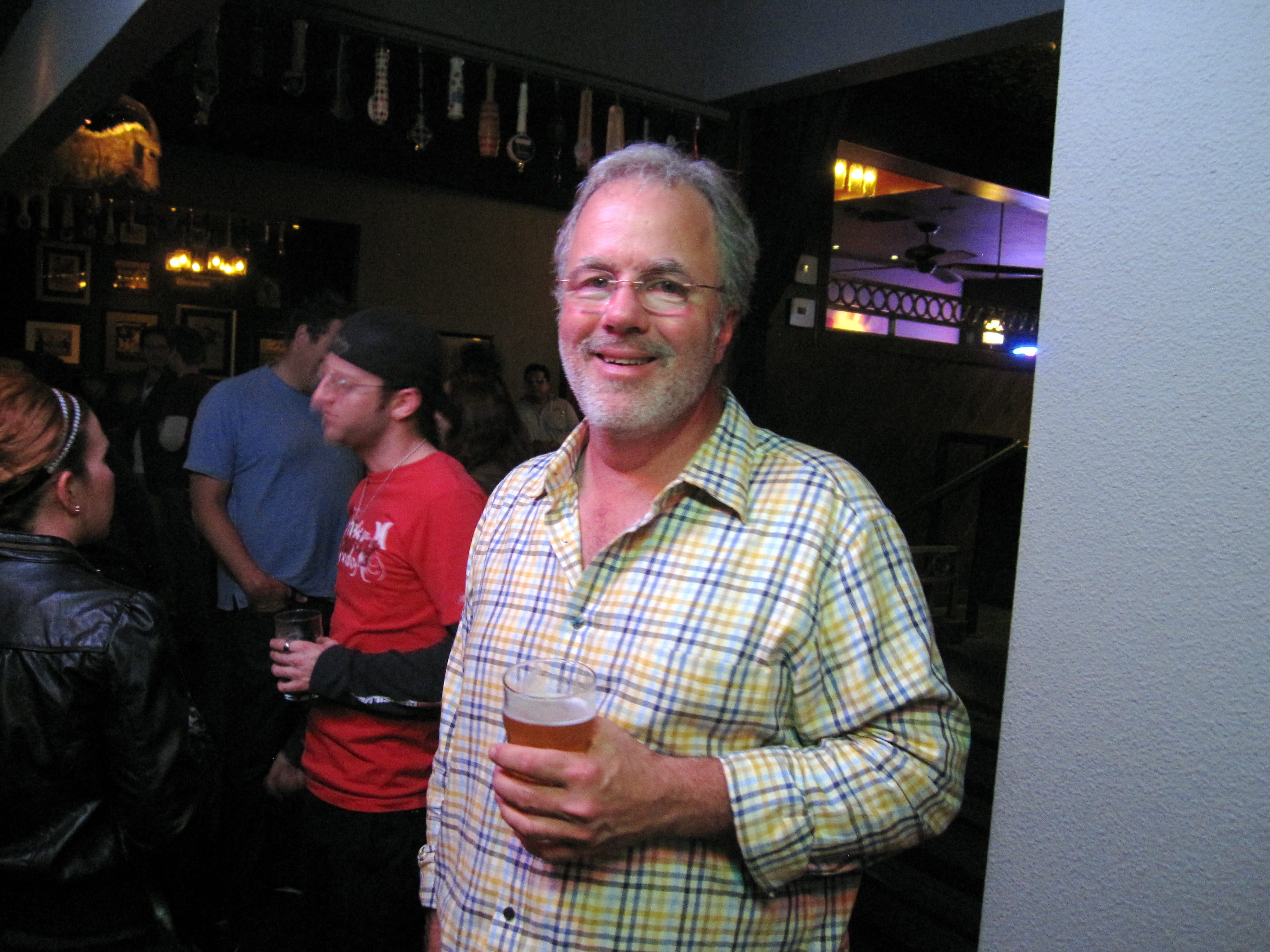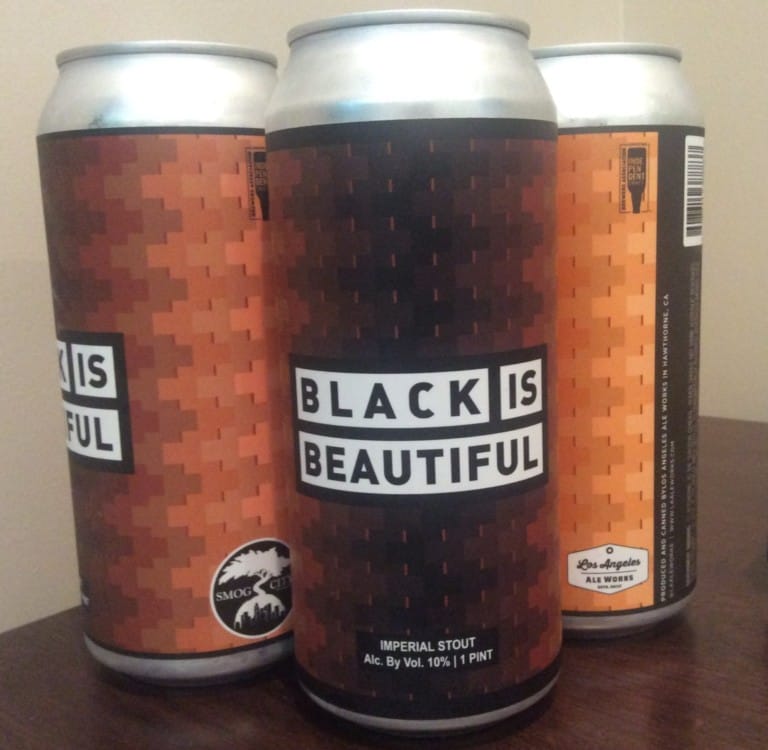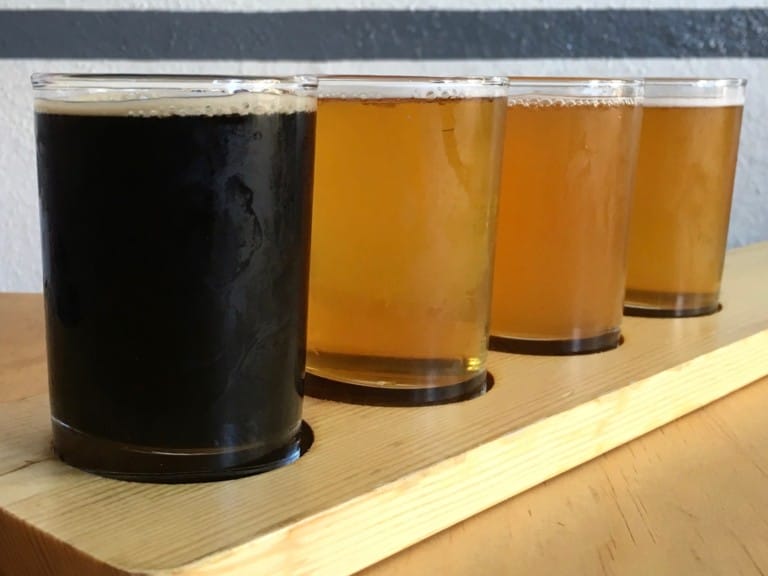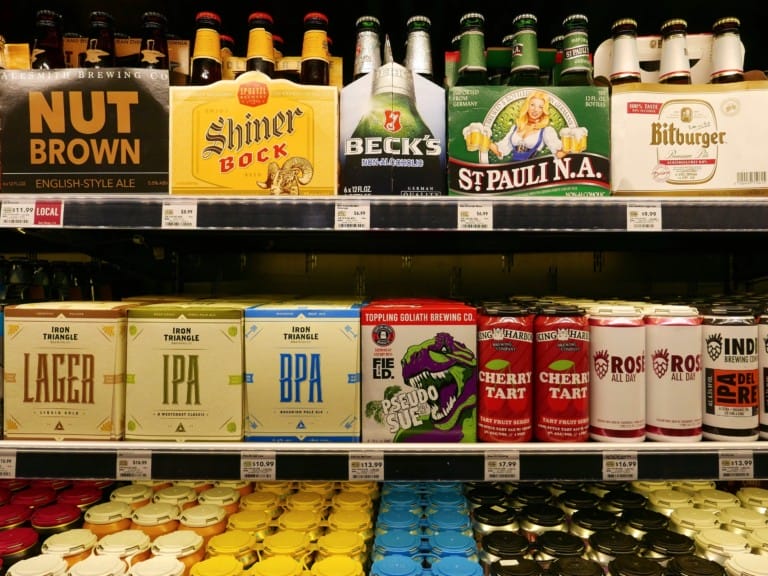Chicago native Tony Magee played in a reggae band and worked in the printing industry for nearly a decade before he became addicted to homebrew and decided to share it with the world. He opened Lagunitas Brewing Company in 1993 in Forest Knolls and quickly outgrew the facility, which prompted a move to Petaluma in 1994. Last year, Lagunitas added an on-site tasting room, which is already thriving. We recently caught up at The Surly Goat, where Magee brought a keg of the second beer in his brewery’s Fusion series. He discussed Fusion 2, his background and approach.
How did you become so interested in beer?
I grew up in Chicago, and I didn’t drink beer. Old Style? Old Milwaukee? What the fuck? It’s barely even beer when it comes down to it. I came out to San Francisco and discovered Anchor immediately, and then Sierra Nevada. I was doing something else for a living for the first 10 years, after I moved here in ’87. My little brother bought me a homebrew kit for Christmas in ’92. I first brewed using it that February, ’93, and it was like a seizure. I was smitten, and by December I had the brewery open.
What brought you out to California?
Just a sense of adventure. Just looking for something else to do. I had been a musician back in Chicago, and not necessarily a successful musician, so I was looking for something else to do for a living, and I found this opportunity to sell printing for a Los Angeles firm in San Francisco. I took that and ran with it.
Printing?
Yeah. Like Bank of America wants to do a direct mail presentation to sell Visa cards, they go to an ad agency to have them design and do the program. It goes to printing companies to get it printed, so I’d be the salesman there, trying to get that order.
You did that for 10 years before starting Lagunitas?
For eight years, I printed all of Bank of America’s Visa card work, and a lot of stuff for their stores. It was huge business. I was making more money than I needed, so when the time came to do something else, I had a couple hundred thousand dollars I could throw at it.
What was that first homebrew you made and how did it turn out?
It was Anchor Steam. They called it California Common beer, was the recipe. It turned out great. The second, I tried to make a pale ale, and it turned out terrible. I was like, “Great can occur, terrible is the challenge to avoid.” In that, I saw that this was something you have to learn, and I decided, if I’m going to learn to do this, I’m going to make enough so I could sell it.
Do you have a first beer memory?
Drinking Anchor Steam in Evanston in probably 1983. A friend of mine, he had a gig with Jim Trompeter and I watched him play jazz piano and had $5 in my pocket. Anchor was $5 so I bought an Anchor Steam and didn’t tip the bartender.
What was the first beer that you brewed for Lagunitas??
I was experimenting a lot with filtered wheat beers, rather good hefeweizens. As soon as we got the brewery up, the first beer I made was a pale ale. I called it Dogtown Pale Ale, and we still make the same beer now. The recipe’s beer revised over the years, incorporating some of the new hop varieties, but it was Dogtown Pale Ale. And the next beer we made was Cappuccino Stout, which we still make today, really with almost no variation with that recipe at all. And after that, Bug Town Stout, with no coffee in it.
That’s how the dog ended up on the label. Just Dogtown. These were names of extinct railroad stops out in the west part of Marin County, where I live, north of San Francisco.
That’s where Lagunitas was?
It’s a tiny little town. The whole town’s probably only twice the size of this bar. I wanted to put [the brewery] in my house. I applied for all the licenses with the ABC and the ATF. Piles of paperwork. I just got so sick of filling it out. Before I realized that the County would never let me have it in my house, so we ended up putting it next door in this little town of Forest Knolls. I just like the name Lagunitas so much. It’s a pretty word and it looks so nice in type. Nobody knows where Lagunitas is. I can sell Lagunitas in Chicago and it’s just another name. It’s like I use San Rafael Brewing Company and people the next town over don’t want to drink San Rafael beer.
Are you still a practicing musician?
Oh yeah. I played a couple nights ago at Naja’s in Redondo Beach. Now I get to go to bars that serve our beer around the country and I’ll just go in and play a couple sets of acoustic blues on guitar. It’s wonderful music from the 1930s, 1920s, very rootsy stuff, and it has nothing to do with beer particularly. We’ll run a little beer promotion around that. It just gives me a way to meet people. I also enjoy performing again, and nobody ever asks me for a demo tape. Nobody knows if I can play or not until I get there, and if I don’t suck, they think it’s a great thing. The good news is that I really don’t suck.
Where did you go to school?
Back in Chicago, a little state school out in the middle of a bazillion acres of corn.
Which one?
Northern Illinois University.
What was your major?
Music Composition, but I never graduated. I caught a giant buzz by accident, ended up dropping out and joining a reggae band. Touring all over the Midwest at all the colleges from Lawrence, Kansas, all the way back to Cincinnati and up to Minnesota, just playing reggae. It was fun.
What was the name of the band?
Mr. Myers Reggae Band. It still exists. If you were to Google it, they’re still performing around Chicago. I was musician #8 in the band, and I think there are 750 or so by now, but it was fun. Back in 1982, nobody even know what reggae was. We were one of two or three reggae bands in the whole Midwest.
Would you say that you have any brewing mentors?
One guy in particular is named Grant Johnston, the brewer from Marin Brewing Company. He’s a famous home brewer, won lots of awards, and when he was with Marin Brewing Company, won lots of GABF awards. He’s brewing back in Wisconsin now, but I really liked his beers an awful lot. Besides that, not really so much. I wanted to find my own road, find the brewery’s own voice. Just as if we were a band. I didn’t want to be a Tom Petty cover band. I wanted to do something new, and we succeeded in doing a lot of that. A lot of what’s commonplace now in breweries on the West Coast, we truly, in 1994 and ’95, when we first started packaging, we were the first ones doing this kind of stuff. And we were growing like crazy. We were very small, of course, but we were growing fast. One month you’d do 100 barrels and the next month you do 200 barrels, you’re still a gnat on the ass of the brewing world, but it’s fast growth. The things that we were doing was very different from what was commonplace then. There was Full Sail Amber, there was Portland Honey Beer, there was Red Hook ESB, there was Pyramid Hefeweizen. There are these very European-ish analogs being brewed in the United States, and we came out with our pale ale with a big dry-hopping on it, a lot of late edition hopping. And then same thing for our IPA. Our IPA was really the first breakout IPA on the West Coast. Whether that’s commonly acknowledged or not, I think we had a big influence on our peers because it was working. It was selling. It was moving quickly during a hard time in the industry, so I think a lot of the things that we do are pretty seminal, and we’re still doing them. What’s interesting about that is that there are a lot of other breweries, peers of ours, good brands, delicious beer, that have a lot of theatrics that surround their brand, kind of very visible, a lot of promotion. We do very little of that. Last year we were the second fasting growing brewery in the country, right behind Dogfish Head. This year we’ll do 100,000 barrels. For being quiet about it, I think the beer is really the business. On a lot of our labels at Lagunitas, it says, “Beer speaks, people mumble.” That really speaks, in my mind, right to that. I do all the design and name all the beers, the slogans and stuff, I’m the point source for all those things. They actually represent the truth. They’re not marketing statements.
What distinguishes your beers from other breweries?






Blog Comments
Ike the dude
June 12, 2016 at 3:57 PM
Good interview, but the guy totally cut me off and gave the finger on Redwood highway in his ferrari so what an @sshole – i will avoid this beer.
Amidst slumping sales, Redhook Brewery attempts to re-invent itself | Beernews.org
November 10, 2010 at 10:37 AM
[…] rules from most small brewers as part of a publicly traded company though the news brings to mind a recent interview with Lagunitas founder, Tony Magee, in which he […]
ES
November 8, 2010 at 3:34 PM
Nice Q&A. I’m thirsty already. The world needs more anchor steam beer and less wildly overhopped IPAs, IMHO.
Tweets that mention Food GPS - Q&A with Lagunitas founder Tony Magee -- Topsy.com
November 4, 2010 at 7:25 PM
[…] This post was mentioned on Twitter by Craft Beer News, Top Gps Reviews. Top Gps Reviews said: Food GPS » Q&A with Lagunitas founder Tony Magee http://bit.ly/dhNnTg #gps […]